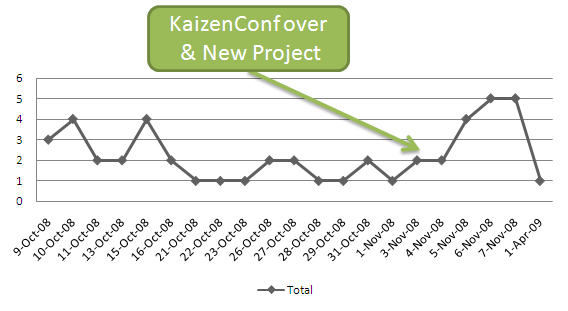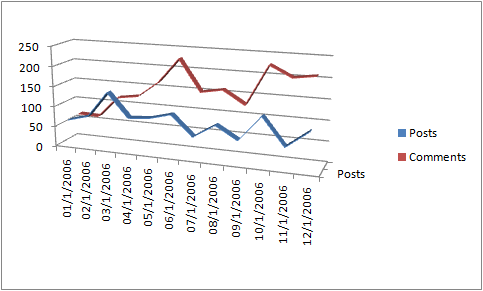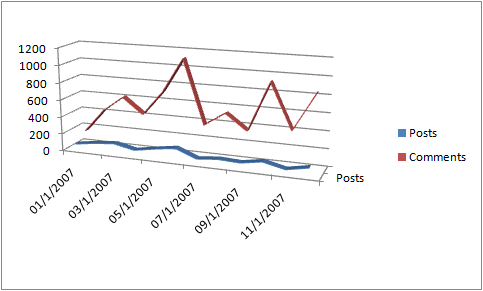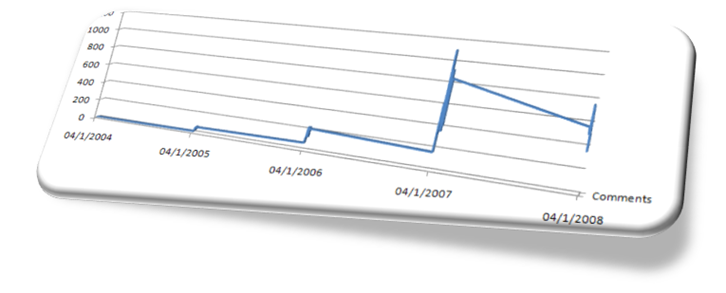I was having dinner with Dru Sellers and Evan Hoff and Dru brought something up that really sparked my imagination. To put it in more concrete words, what Dru said started a train of thought that ended up with another mandatory requirement for any non trivial application.
Your application should have a blog.
Now, pay attention. I am not saying that the application team should have a blog, I am saying that the application should have one. What do I mean by that? As part of the deployment requirements for the application, we are going to setup a blog application that is an integrated component of the application.
Huh? I am building Order Management application, why the hell do I need to have a blog as part of the application? Yes, PR is important, and blogs can get good PR, but what are you talking about?
This is an internal blog, visible only for the internal users, and into it the application is going to blog about interesting events that happened. For example, starting up the application would also cause it to post to its blog about that, which can look like this:

This looks like log messages that were written by a PR guy. What is the whole point here? Isn't this just standard logging?
Not quite. This is an expansion of the idea of system alert, where the system can proactively determine and warn about various conditions. This idea is anything but new, you are probably familiar with the term the Operation Database. But this approach has one key factor that is different.
Social Engineering
Using a blog, and using this style of writing, making it extremely clear what should and should not go there as a message. You obviously are not going to want to treat this as a standard log, where you just dump stuff in. From the point of view of actually getting this through, this make a task that is often very hard into a very simple "show by example".
From the point of view of the system as a whole, now business users have a way to watch what the system is doing, check on status updates, etc. More than that, you can now use this as a way to post reports (weekly summary, for example) and in general vastly increase the visibility of the system.
Using RSS allows syndication, which in turn also also easy monitoring by an admin, without any real complexity getting in the way. For that matter, you can get the business user to subscribe to it with Outlook (if they don't already have a standard RSS reader) and get them on board as well.
Now, this is explicitly not a place where you want to put technical details. This should be reserved to some other system, this is a high level overview on what the system is doing. Posts are built to be human readable and human sounding, to avoid boring the readers and to ensure that people actually use this.
Thoughts?

















